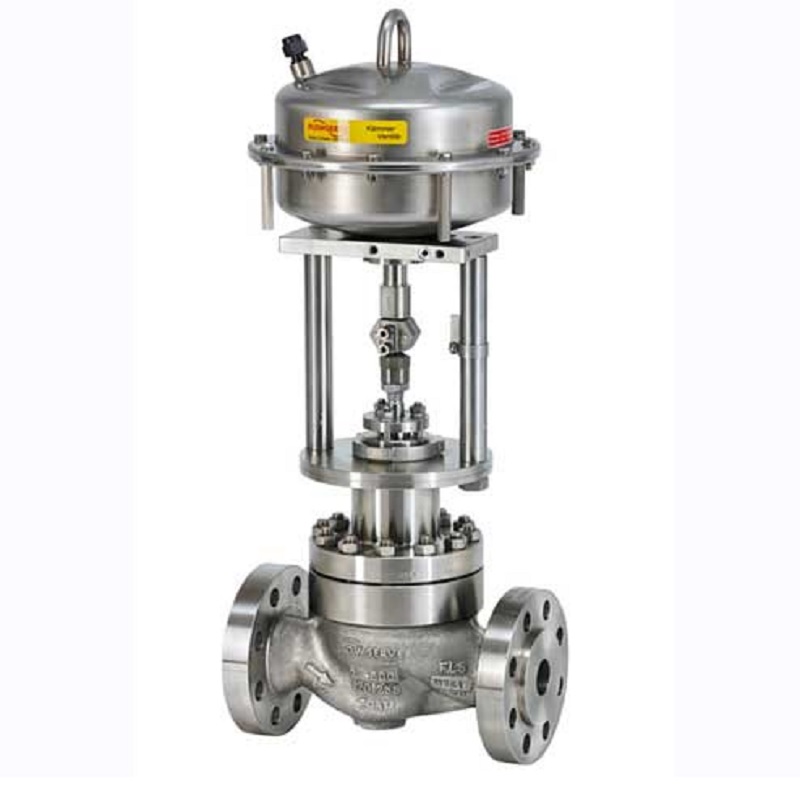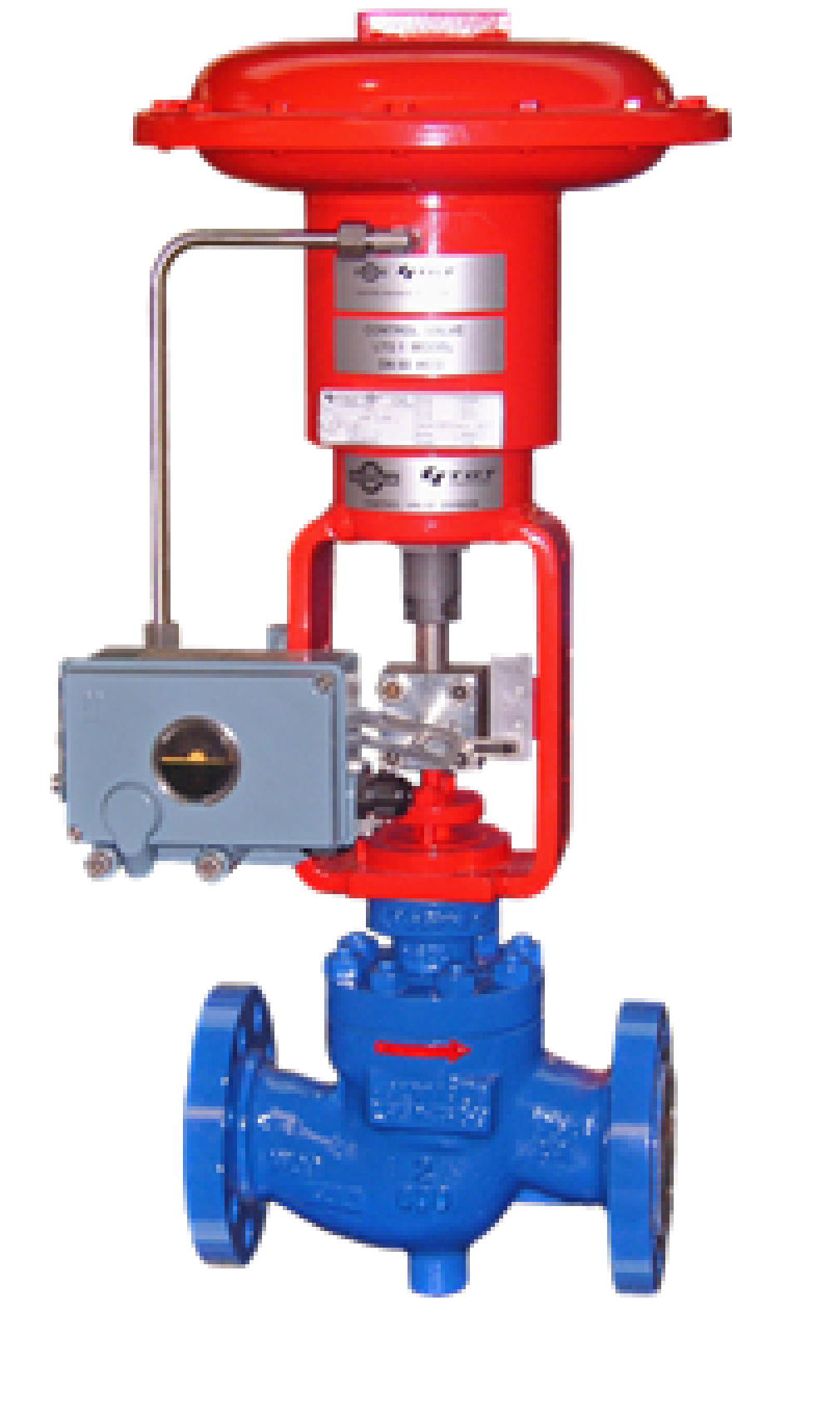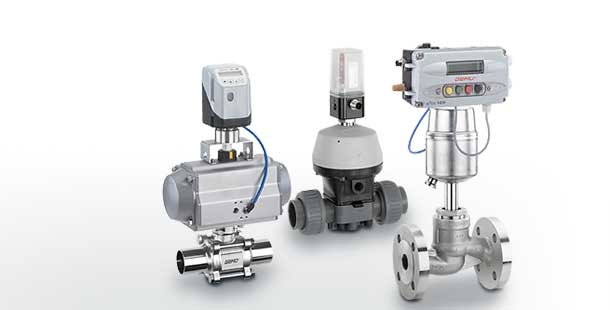Discovering the Capability of Modern Control Valves in Industrial Applications
Discovering the Capability of Modern Control Valves in Industrial Applications
Blog Article

Maximize Energy Savings and Convenience With Advanced Building Automation Controls
In the world of contemporary design and center management, the integration of sophisticated building automation regulates stands as a pivotal innovation. By utilizing the power of automation, buildings can adapt, respond, and progress in ways that were when unthinkable.
Power Performance Advantages
Power efficiency advantages can dramatically reduce energy usage and operational prices in buildings. By executing energy-efficient practices and modern technologies, structure proprietors and drivers can achieve significant cost savings while likewise adding to environmental sustainability. Among the primary advantages of improving power efficiency in buildings is the decrease of utility costs. Energy-efficient systems, such as innovative building automation controls, can enhance using resources like lighting, home heating, and air conditioning, causing lower energy expenditures over time.
Additionally, boosted energy effectiveness can extend the lifespan of structure tools and systems. By running extra successfully, heating and cooling systems, lighting fixture, and other building elements experience much less wear and tear, leading to decreased upkeep and substitute costs. In addition, energy-efficient structures commonly regulate higher property worths and rental rates, giving lasting financial advantages to proprietors.
Furthermore, power performance can improve passenger comfort and performance. Effectively controlled interior settings with optimal illumination and thermal problems create an even more conducive and enjoyable workspace, resulting in boosted worker satisfaction and performance. Generally, the energy performance benefits related to innovative structure automation controls are diverse, encompassing price financial savings, ecological stewardship, and resident wellness.
Enhanced Comfort Control
Enhancing convenience control in structure environments requires a sophisticated integration of sophisticated automation systems for optimal owner health. By using innovative structure automation controls, facilities can tailor the indoor environment to meet the specific needs and preferences of residents. control valves.
By including these advanced controls, structures can not just boost convenience but also boost power efficiency by maximizing system operations based on actual occupancy and use patterns. Inevitably, focusing on resident comfort with innovative automation systems leads to a much more satisfying and much healthier indoor environment.
Operational Performance Improvements

Additionally, the application of real-time surveillance and analytics tools allows structure operators to determine energy ineffectiveness and functional abnormalities immediately. By continually keeping an eye on power usage patterns and system efficiency metrics, adjustments can be made in real-time to enhance power consumption and ensure peak functional efficiency. control valves. Additionally, incorporating need action techniques into structure automation controls can additionally enhance functional effectiveness by dynamically readjusting energy use based on grid problems and rates signals
Indoor Climate Optimization
Reliable indoor climate optimization is a basic facet of building automation controls, making certain residents' convenience and well-being while making best use of power cost savings. By making use of innovative sensing units and controls, developing automation systems can continuously readjust and keep why not try this out an eye on temperature level, humidity levels, air quality, and ventilation to create an optimum interior atmosphere. Preserving consistent and comfortable problems not only boosts occupant fulfillment however also enhances performance and general well-being.
Interior climate optimization additionally plays an important role in power performance. By fine-tuning air conditioning, ventilation, and heating systems based upon real-time data and tenancy patterns, building automation controls can dramatically minimize power usage - control valves. For example, applying techniques such as demand-controlled ventilation and thermal zoning can help decrease energy waste while making certain that each location of the building obtains the necessary conditioning.

Lasting Setting Production
Structure automation manages not only optimize interior climate problems for energy performance and passenger convenience yet likewise lay the structure for developing a sustainable environment through critical management of resources and systems. By integrating advanced building automation technologies, such as sensing units, actuators, and intelligent software program, centers can check and readjust energy use in real-time to decrease waste and lower their carbon impact. These systems make it possible for anticipating maintenance, determining potential problems before they intensify and maximizing equipment efficiency to boost longevity and efficiency.
Moreover, sustainable setting development extends beyond energy management to encompass water preservation, waste decrease, and indoor air high quality improvement. Structure automation controls can control water use, spot leaks, and guarantee correct waste disposal practices, adding to general sustainability efforts. Additionally, by managing and keeping an eye on air flow and purification systems, these technologies improve occupant wellness and efficiency while decreasing energy intake connected with HVAC procedures.
Verdict
In conclusion, advanced structure automation controls deal significant benefits in regards to energy financial savings, comfort control, operational effectiveness, indoor climate optimization, and developing a lasting atmosphere. By carrying out these controls, buildings can achieve ideal performance while decreasing energy consumption and enhancing passenger convenience. It appears that the use of advanced automation modern technology is vital her explanation in enhancing structure efficiency and developing a much more lasting future.
Power performance benefits can significantly decrease power consumption and operational prices in structures. Generally, the power effectiveness benefits connected with innovative structure automation controls are diverse, including cost savings, environmental stewardship, and passenger wellness.
Furthermore, incorporating need reaction techniques right into structure he said automation controls can even more enhance operational effectiveness by dynamically readjusting energy use based on grid problems and prices signals.
Structure automation controls not only optimize interior climate conditions for energy performance and owner comfort however likewise lay the structure for creating a sustainable atmosphere via strategic management of systems and sources.In final thought, progressed structure automation controls deal substantial benefits in terms of energy financial savings, comfort control, functional efficiency, indoor climate optimization, and developing a lasting setting.
Report this page